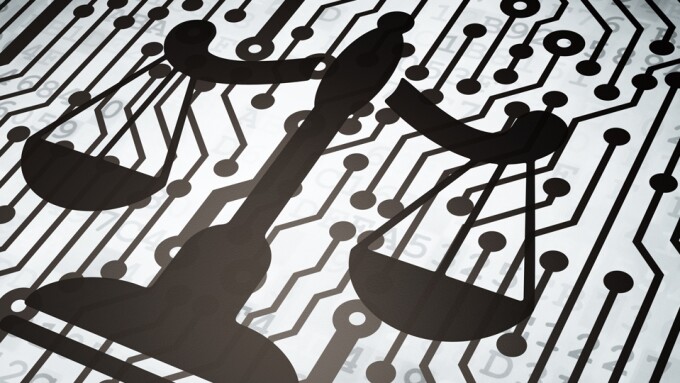NEW YORK — To the consternation of many individuals and organizations that have embedded pictures and other content on social media platforms, a New York federal judge last week ruled that users can be held liable for copyright infringement if they embed a tweet posted by a third party.
The decision has been criticized by numerous observers in the case, including Above the Law’s Joe Patrice, who called the decision “just awful.”
“And it’s not even that it’s necessarily wrong … just awful,” Patrice wrote.
The ruling stems from a case initiated by Justin Goldman, who accused online publications — including Breitbart, Time, Yahoo, Vox Media and the Boston Globe — of copyright infringement for publishing articles that linked to a photo of NFL star Tom Brady.
In 2018, it is quite common for news sites to embed content posted by third parties, from videos to tweets.
But U.S. District Court Judge Katherine Forrest ruled last week that while those sites don’t host the content themselves, they can be held liable for copyright infringement.
The news sites, in their defense in the case, argued that they couldn’t be found liable for copyright infringement because content wasn’t hosted on their servers. Federal courts have long held that copyright liability rests with the entity that hosts the infringing content — not someone who simply links to it.
The defendants offered up the so-called “server test,” which stemmed from the 2007 9th U.S. Circuit Court of Appeals case involving the adult entertainment brand Perfect 10, which sued Amazon for infringement.
For years, the server test adopted in the adult entertainment company’s case against the online retailer has provided a clear, almost bright-line, rule.
But Forrest rejected the “server test” argument and ruled that the news organizations are liable.
“[W]hen defendants caused the embedded tweets to appear on their websites, their actions violated plaintiff’s exclusive display right; the fact that the image was hosted on a server owned and operated by an unrelated third party [Twitter] does not shield them from this result,” Forrest wrote.
Forrest argued that the server test was established in the Perfect 10 v. Amazon Inc. case, which dealt with the “distribution” of content and not “displaying” infringing work.
But for those thinking the ruling has changed the playing field for passing around unauthorized content, think again. Perhaps it didn’t.
“The cries that ‘the sky is falling’ are foolish,” said industry attorney Marc Randazza of Randazza Legal Group. The decision “has not changed much.”
“Essentially, the [ruling] says that if you steal someone else's image, but you do it by using web-browser magic to simply 'embed' the image, then you are still committing copyright infringement by displaying someone else's work without permission,” Randazza told XBIZ. “That's how copyright has always worked.
“But, any decisions that make it harder to steal are always met with shrieks of apoplexy by the thieves.”
Forrest’s ruling doesn’t mean the publishers have lost the suit — it simply rejects the news sites’ motion for summary judgment.
Meanwhile the Electronic Frontier Foundation has publicly said that Forrest’s ruling shouldn’t stand.
EFF staffer Daniel Nazer noted the server test is “a foundation of the modern internet.”
If the ruling stands, he said, it “would threaten the ubiquitous practice of in-line linking that benefits millions of internet users every day.”






